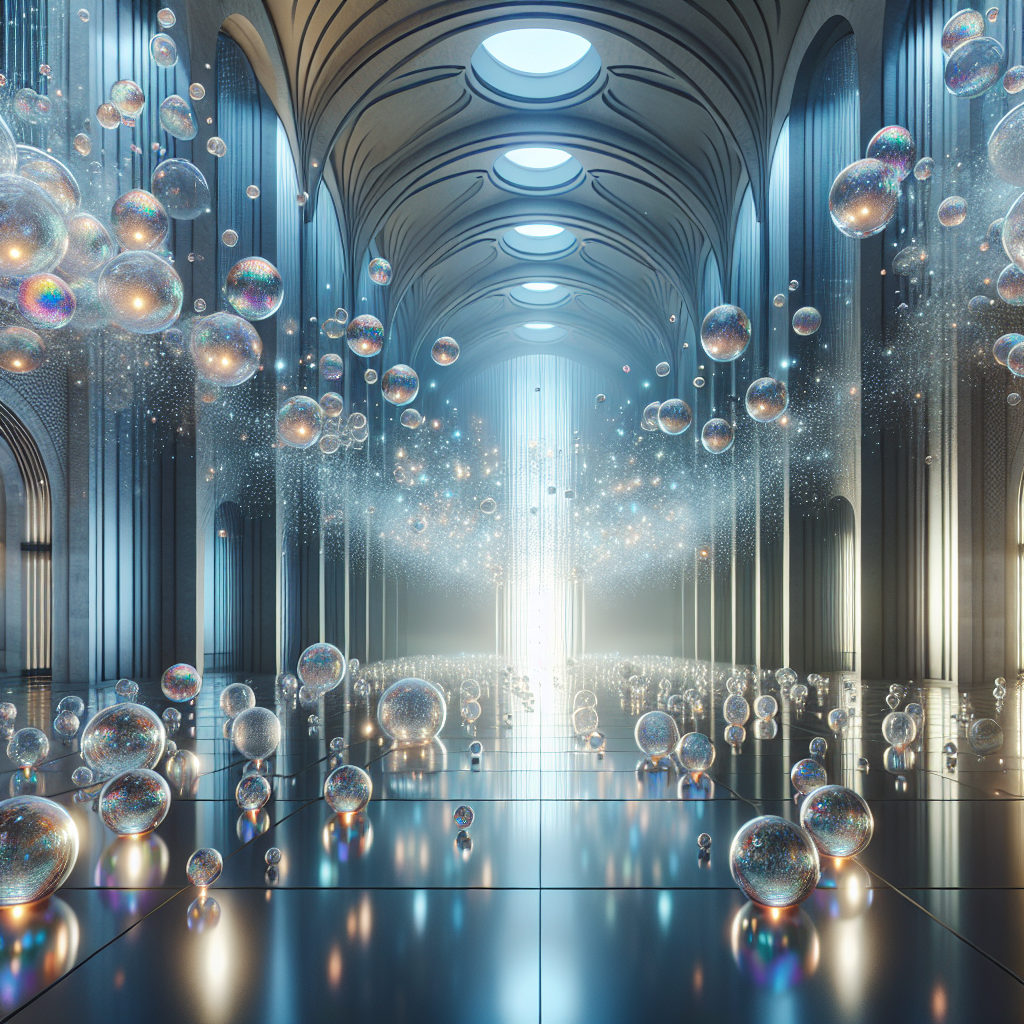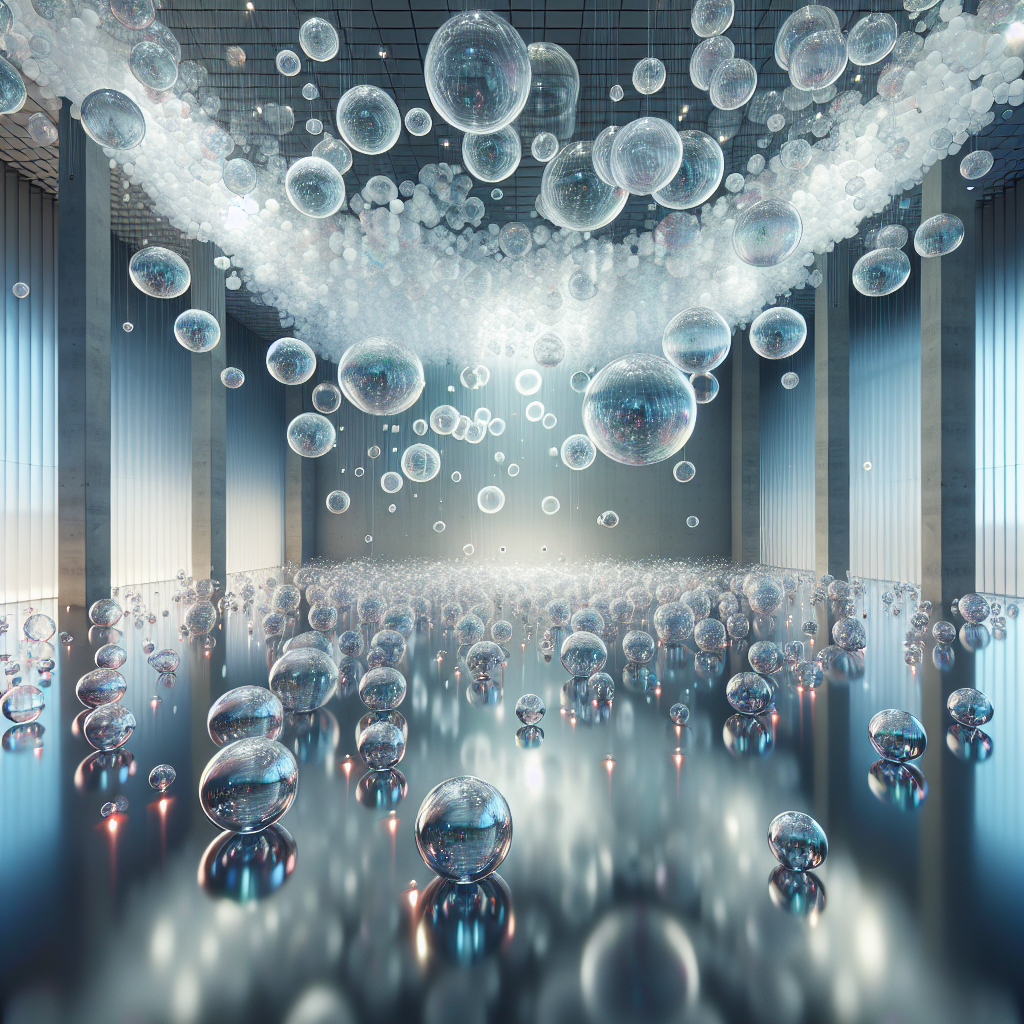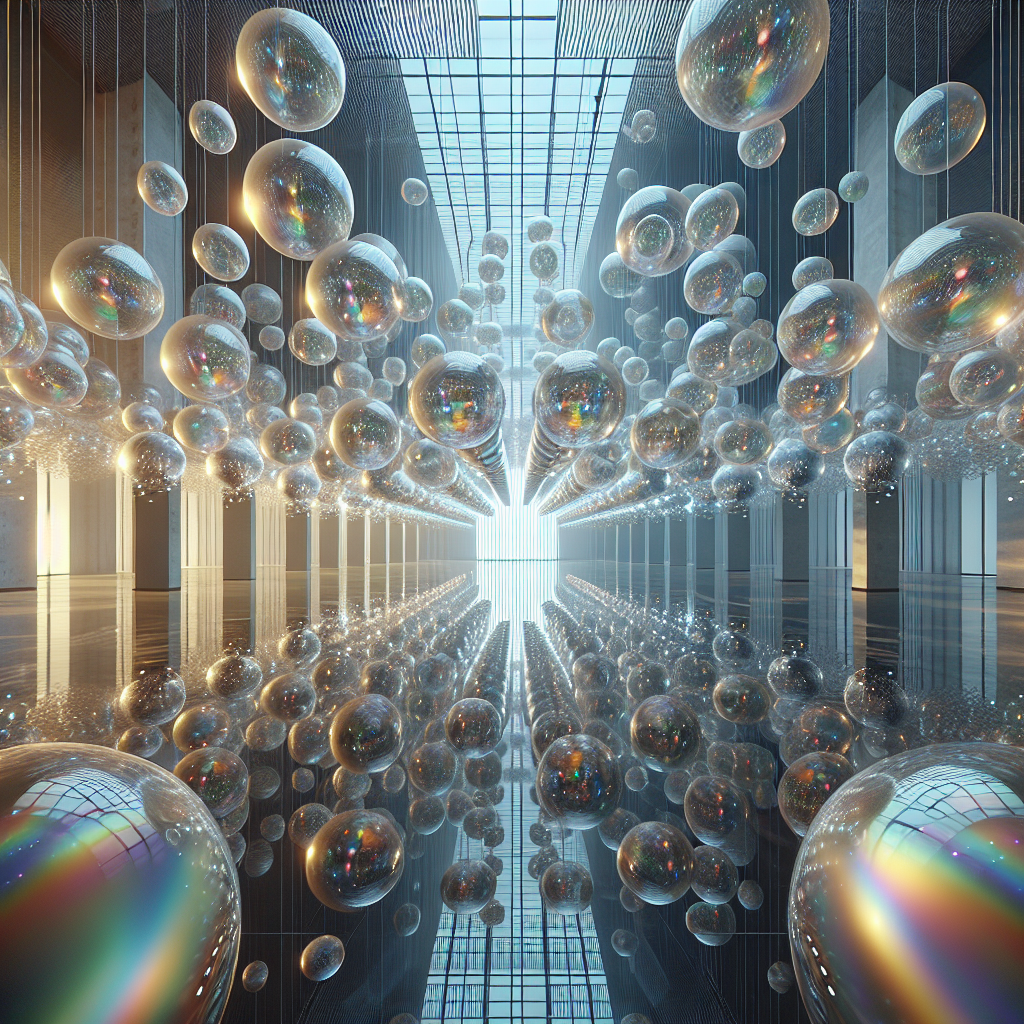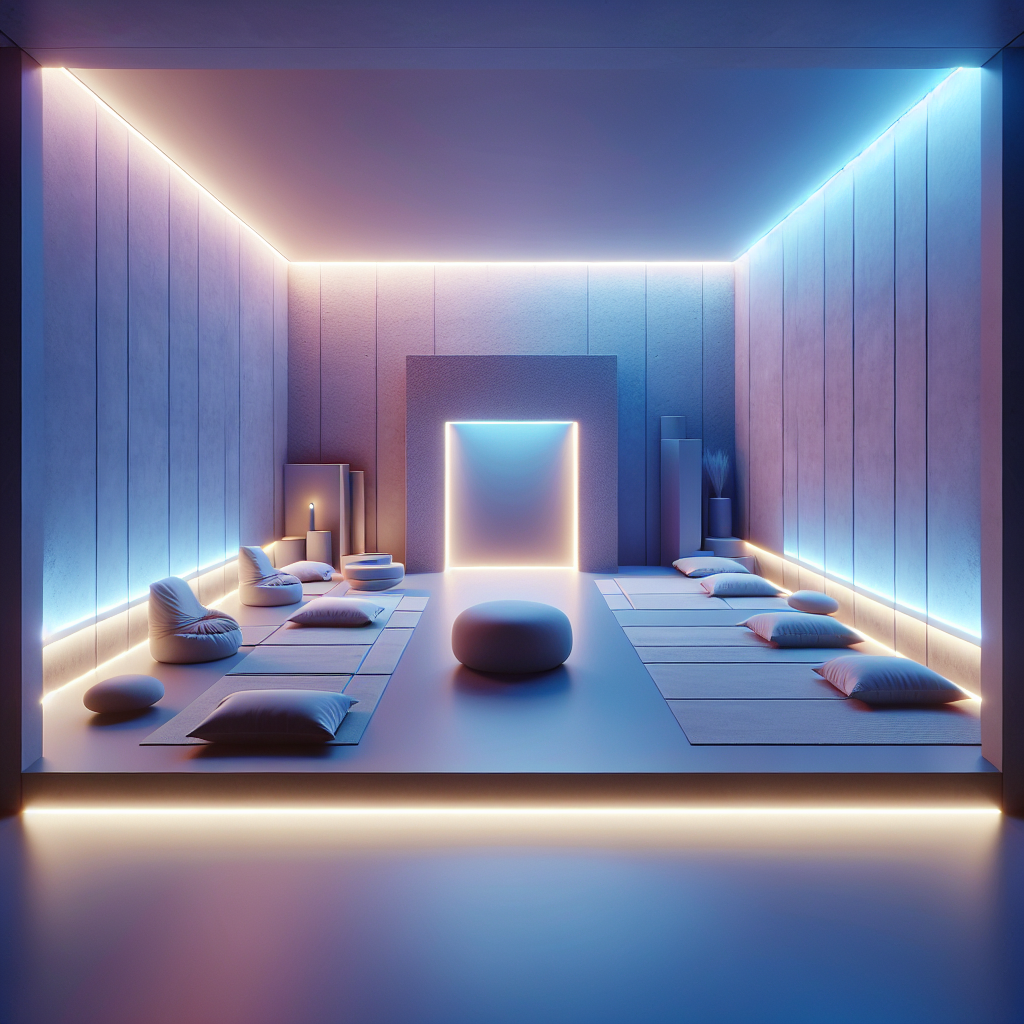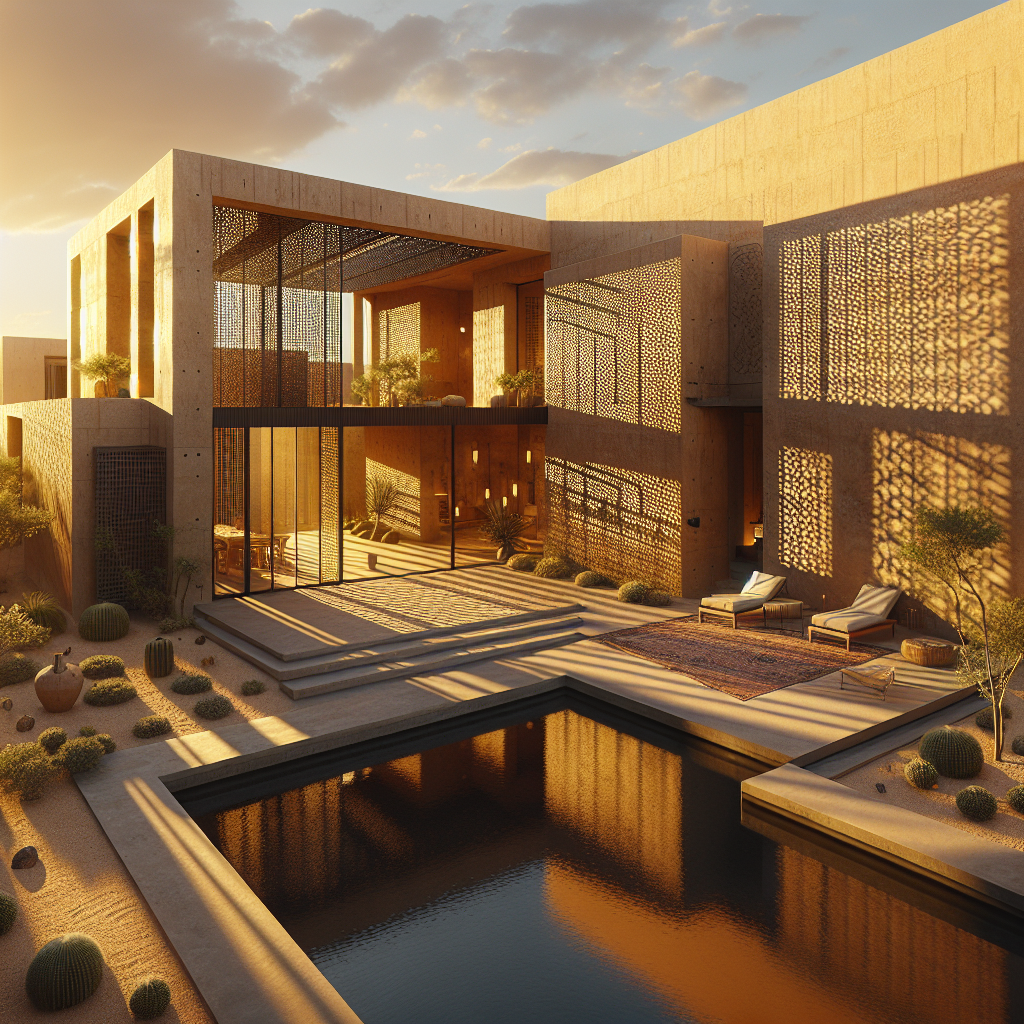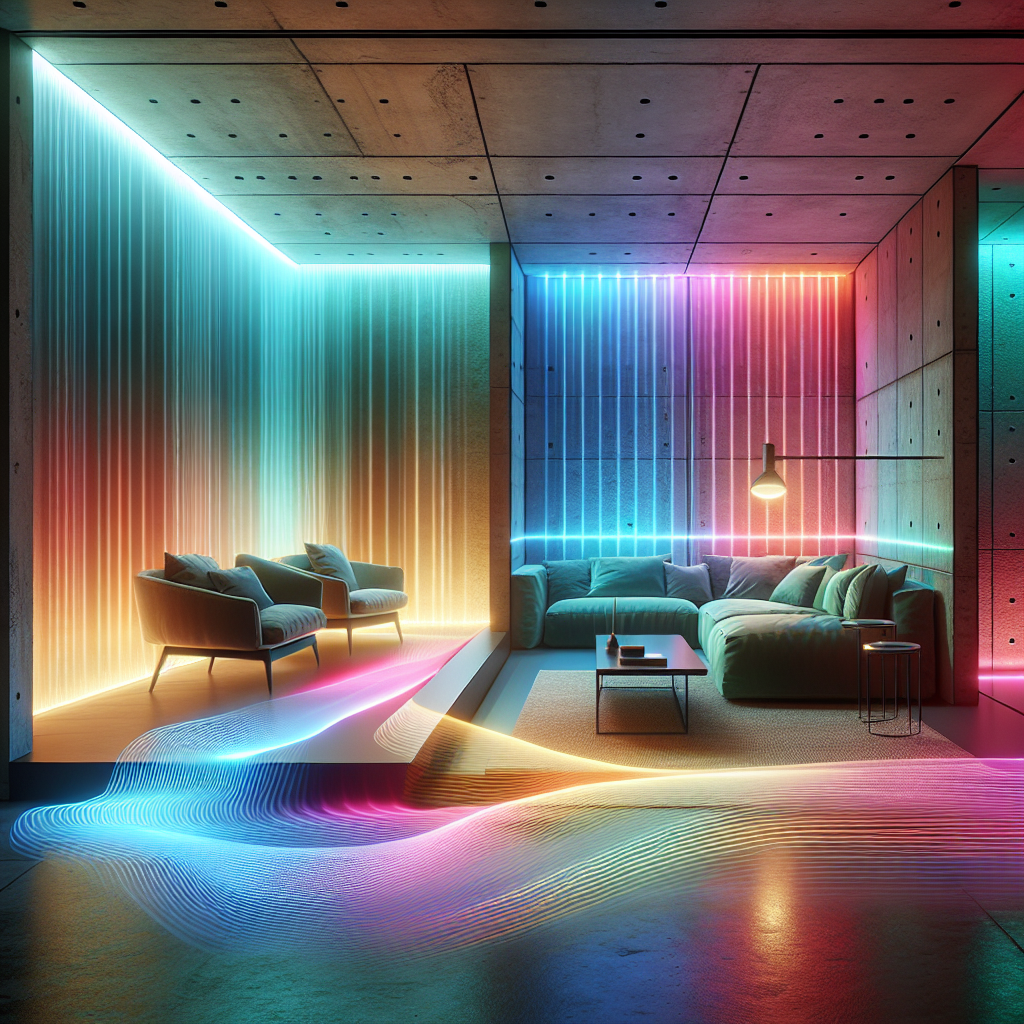Sonic bubble illusions: translucent spheres producing ambient sound
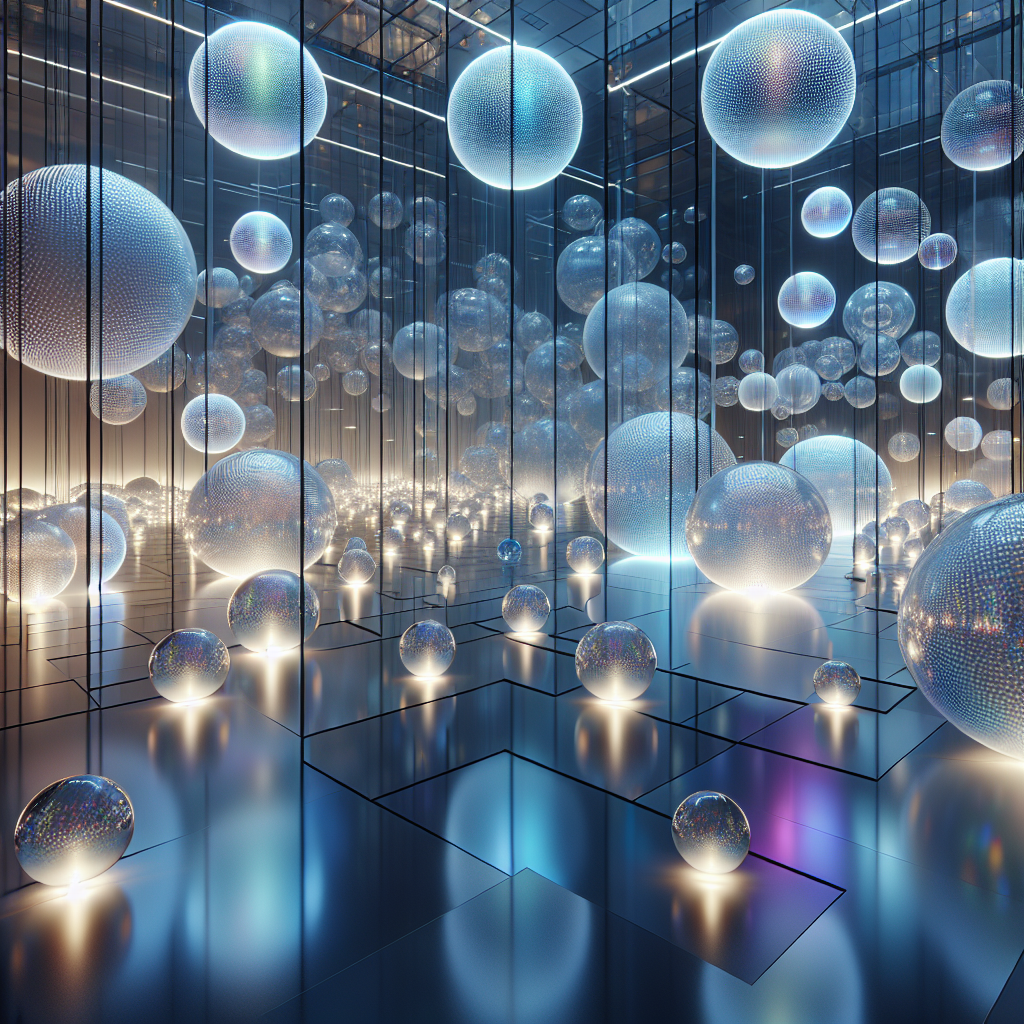
Sonic Bubble Illusions: Translucent Spheres Producing Ambient Sound
In the evolving dialogue between architecture, sound, and sensory design, a new phenomenon is quietly transforming how we experience space: sonic bubble illusions. These ethereal, translucent spheres—hovering like suspended droplets of glass—emit ambient soundscapes that shift with light, movement, and proximity. They are not merely decorative; they represent a convergence of acoustic engineering, interactive art, and spatial psychology. For architects and designers, they signal a profound shift toward environments that don’t just look beautiful but sound alive.
The Rise of Sonic Architecture
The concept of sound art has long blurred the boundaries between auditory and visual disciplines. Yet, the emergence of sonic bubble installations marks a distinct evolution within sonic architecture—a field exploring how built environments can be designed around rhythm, resonance, and vibration. These translucent orbs, often crafted from acrylic or biopolymer membranes, act as both speakers and sculptural light diffusers. Embedded with micro-transducers, they transform digital sound waves into soft, diffused audio fields that envelop the listener without directional focus.
The result is an acoustic illusion: sound that seems to emanate from nowhere and everywhere simultaneously. This spatial ambiguity challenges traditional acoustic design, where sound is typically directed, absorbed, or isolated. Instead, sonic bubbles create zones of immersion—personal soundscapes that can coexist within shared spaces, from galleries to hotel lobbies.
Designing with Sound: The Materiality of the Invisible
Designers are increasingly treating sound as a tangible material—one that can be shaped, layered, and textured. In projects such as the “Resonant Halo” installation by Japanese designer Yuri Tanaka, clusters of translucent spheres hang from vaulted ceilings, their surfaces trembling subtly with low-frequency vibrations. As visitors move beneath them, motion sensors trigger tonal variations, producing a living symphony of ambient hums and whispers.
The visual delicacy of these spheres belies their technical sophistication. Each bubble’s surface is engineered to optimize both transparency and resonance. Materials like borosilicate glass or recycled PETG are favored for their acoustic elasticity, while internal membranes—sometimes made from silk nanofibers—amplify micro-tonal frequencies. The effect is akin to walking through a liquid soundscape, where light refracts through the spheres and sound refracts through air.
This interplay of transparency and tonality aligns with the broader trend toward transparent design in architecture and interiors. Just as glass and acrylic redefine spatial boundaries, sonic bubbles redefine acoustic boundaries—inviting designers to sculpt silence and resonance with equal care.
Applications in Architecture and Interior Design
In contemporary interiors, the sonic bubble illusion offers both aesthetic and functional potential. In open-plan offices, for instance, clusters of sound-emitting spheres can create acoustic zoning without physical partitions. The ambient tones mask background noise while promoting focus and calm—an evolution of the principles explored in acoustic comfort design. In wellness centers, these installations are being integrated into meditation rooms, where harmonic frequencies align with breathing rhythms to enhance relaxation.
Luxury hotels and experiential retail spaces are also embracing this technology. The lobby of the newly opened “Aural Cloud” hotel in Copenhagen features a ceiling constellation of 300 translucent spheres, each tuned to a specific frequency range. As guests move through the space, sensors modulate the sound field, producing a dynamic auditory choreography that responds to human presence. The result is a subtle but profound sense of spatial intimacy—a feeling that the architecture itself is listening.
Technology Behind the Illusion
At the core of these installations lies a sophisticated integration of acoustic science and interactive technology. Each sphere contains a miniature piezoelectric transducer, capable of converting electrical signals into mechanical vibrations. These vibrations travel across the sphere’s surface, radiating sound evenly in all directions. Unlike conventional speakers, which project sound from a single point, sonic bubbles generate diffuse acoustic fields—ideal for creating ambient environments.
Many installations employ AI-driven sound modulation systems that analyze environmental data—temperature, humidity, or human movement—to adjust the tonal output in real time. This adaptive approach echoes the principles of responsive design, where architecture reacts to its occupants. The result is a living, breathing soundscape that evolves continuously, blurring the line between object and organism.
The Psychology of Sonic Space
Sound has a profound influence on emotional and cognitive states. Studies published in the Journal of Environmental Psychology suggest that ambient soundscapes can reduce stress levels by up to 30% and improve concentration in work environments. Sonic bubble illusions leverage this science by creating atmospheres that feel both private and communal—spaces where sound becomes a form of emotional architecture.
The translucent nature of the spheres also contributes to a sense of weightlessness and calm. When suspended in clusters, they resemble soap bubbles frozen mid-flight, catching and diffusing light into prismatic hues. This visual softness complements the auditory experience, producing a multisensory harmony reminiscent of psychoacoustic principles—where perception of sound is shaped by psychological and spatial context.
Case Studies: From Galleries to Urban Installations
One of the most striking examples of sonic bubble design appeared at Milan Design Week 2025, where the collective Studio Phonic unveiled “Aether Chorus”—a suspended canopy of 500 translucent spheres above a mirrored floor. Visitors described the sensation as “walking through a cloud that sings.” The installation used motion-tracking algorithms to translate human movement into evolving sound textures, creating a dialogue between body and environment.
In urban contexts, sonic bubbles are being explored as tools for sound pollution mitigation. By emitting low-level counter-frequencies, they can neutralize harsh urban noise, offering a poetic yet practical response to the challenges of dense city living. This approach aligns with the principles of biophilic design, where sensory balance and natural resonance are central to human well-being.
Future Directions: Toward Sensory Architecture
As materials and acoustic technologies advance, the next generation of sonic bubbles may become fully autonomous, powered by solar microcells and capable of self-tuning based on environmental feedback. Designers are already experimenting with biodegradable membranes and liquid-infused polymers that alter sound diffusion based on temperature—an echo of the adaptive principles seen in kinetic facades.
Beyond aesthetics, these innovations point toward a future where architecture becomes synesthetic—where sound, light, and texture merge into unified sensory systems. The sonic bubble illusion is not just a design trend; it’s a philosophical statement about how we inhabit space. It invites us to listen as much as we look, to perceive architecture not as static form but as living resonance.
Why It Matters
For architects and designers seeking to create environments that nurture emotional well-being, sonic bubble illusions offer a powerful new medium. They represent a move away from the purely visual toward the multisensory—a design language that acknowledges the full spectrum of human perception. In an era increasingly defined by overstimulation, these quiet, glowing spheres remind us that serenity can be designed, and that silence, too, can sing.
As the boundaries between art, technology, and architecture continue to dissolve, sonic bubble illusions stand as luminous ambassadors of a new sensory paradigm—one where the invisible becomes tangible, and where sound itself becomes architecture.
Published on 11/10/2025
